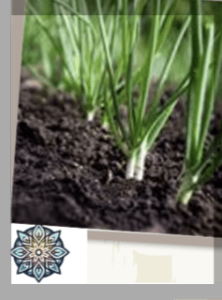
What are the hardiness Zones?
Have you ever been shopping for a new plant or seeds to plant? It may be Home Depot, Lowes, a plant nursery, or a similar store. Those plants either have a sticker on them with a Zone (a number and a letter) or on the tag/package with the name of the plant and care instructions there will be a zone (a number and a letter). That is usually the USDA growing zone or hardiness zone number. Those zone numbers are different all over the USA depending on the region. The plants at your local store should have already been reviewed to be good growers in your region.
However, if you are purchasing online or seeds from a supplier in a different area than yours – you need to know if that plant or seeds can grow in your climate effectively.
Who uses these growing numbers?
YOU. These USDA growing zone numbers are extremely helpful in determining if that plant can be grown in your area. It does not matter how beautiful it is and how you would love to have it in your yard, it will be an uphill battle if you purchase it. Of course, this does not necessarily apply to house plants. The climate in your house can be controlled but outdoors is not as easy.
Millions of people in the US use these USDA growing zone numbers to grow their outdoor plants with success. I would hope that most people in America know that these changes have taken place. It has been several years with the same zone numbers and sometimes you just assume they will stay the same.
Of course, some people don’t remember their hardiness zone number and have to re-look it up every year. That would be me. I know the general range but I never remember the exact one. I have to look it up to be certain that I have the correct zone number.
When did the USDA zone change?
November 2023 – it changed from the last maps that were published in 2012.
Why did the zones change?
To make it simple, warmer temperatures in certain regions. For example, my region changed by 5 degrees. We have all heard of global warming so this really should not be a shock to most people.
However, this data comes from 30 years of recorded data on temperatures from weather stations all over the United States. Another factor is that in 2012 there were 7,983 weather stations data used for the determinations and in 2023 there were 13,412. That is exactly double but close to 40% more. I am not a scientist, so I am just trying to give the facts without jumping to any conclusion on global warming. For the public without more facts, the exact amount of regional warming in some areas is hard to determine.
Who researched the changes in the hardiness zones?
USDA’s Agricultural Research Service (ARS) and Oregon State University’s (OSU) PRISM Climate Group.
“The 2023 map is about 2.5 degrees Fahrenheit warmer than the 2012 map across the contiguous U.S.,” says Chris Daly, director of the PRISM Climate Group at Oregon State University. Daly says the new map means about half the country has shifted into a new half zone and half hasn’t. In some locations, people may find they can grow new types of flowers, fruits, vegetables, and plants.
Many of the nation’s gardeners are not surprised by the change in USDA hardiness zones.
Discover more from Twilight Kaleidoscope
Subscribe to get the latest posts sent to your email.












